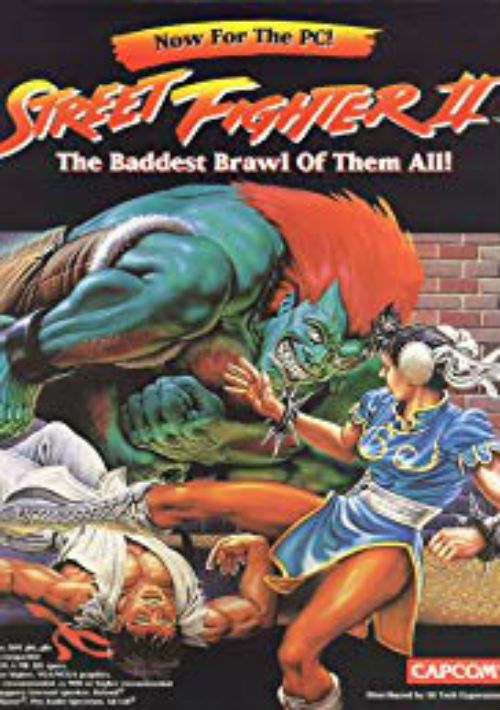
STREET FIGHTER III NES SERIES
I mean, come on – Oro? A hundred and something year old dude that looks like a bird, who is so good at fighting that he ties one arm behind his back? Not only that, but Capcom also tried to introduce players to a new series mascot: the American grappler, Alex.įans did not immediately warm up to the radical change of cast. ( Street Fighter’s first lady of fighting, Chun Li was later added in the definitive “ 3rd Strike” revision.) In their places stood an array of oddities, who bared little resemblance to the familiar faces we had grown to love in Street Fighter II and its various iterations. Gone were all of the previous cast members, with the exception of Ryu, Ken, and Akuma. Rather than slap on some new paint, new characters, and a new number, to the tried and true Street Fighter formula, Capcom chose to rethink how we played the game with Street Fighter III. It also didn’t help that the initial home versions of Street Fighter III were only available on the Dreamcast, which, although being a good system, did not perform well in the marketplace.Īll of these conditions congealed together to manufacture a sort of, “wrong place at the wrong time” scenario for Street Fighter III. These things all had an effect on arcade business, which by the end of the 90’s, was in serious decline.

Sony would follow a year later with the PlayStation 2, and a gorgeous version of Tekken Tag Tournament. Sega launched their final system, the Dreamcast that year, backed by a better-than-arcade port of Soul Calibur. The arcade machines, which acted as the catalyst for the rise of the fighting game genre, had begun to be eclipsed by home consoles in technical prowess. With the video-gaming world now exploding into 3D, Street Fighter III’s 2D perspective felt antiquatedīy the time 1999 rolled around, the fighting game mania that had run wild in the early part of the decade had died down. With Capcom being Capcom, revisions to the original release were bound to take place.ĭouble Impact revised the original Street Fighter III release in 1998, which was soon followed by the final version, 3rd Strike, which landed in 1999. With the video-gaming world now exploding into 3D, Street Fighter III’s 2D perspective felt antiquated. Although its artwork and animation featured some of the most superb and detailed work yet featured in a video game, with each character featuring upwards of 1200 frames of individually hand-drawn frames of animation. This all lead to a climate in which a traditional sprite-based title like Street Fighter III was not immediately appreciated. Other Popular titles were also experimenting with 3D technology, such as 1997’s Mortal Kombat 4.Īlthough the hand-drawn sprites were superb, many felt that Street Fighter III‘s artwork was antiquated compared to flashier 3D games emerging at the time. Street Fighter III’s arrival in 1997 came during a radical shift in the gaming landscape, namely, the transition to 3D polygon games thanks to more powerful processors.įighting games were able to benefit with classic, genre-defining titles such as Virtua Fighter, Tekken, Soul Edge, etc. Three more long years of silence during the crucial, industry-defining years between 19 until finally, Capcom decided to acknowledge a number past two. Those titles further refined the Street Fighter formula, introducing new systems and new characters, while visiting the events that took place in the story between the forgettable original Street Fighter, and its revolutionary sequel.

Capcom’s fondness for revisions became a joke in the industry – “ Capcom can’t count to III“ Yet after the intensity of that three-year span, once we got to SSFII: Turbo, Capcom decided that rather than create an actual third entry in the series, it would be better to go back in time with the Street Fighter Alpha series.

Street Fighter II was then refined further with Super Street Fighter II in 1993, and finally Super Street Fighter II Turbo in 1994.Ī four year span saw four revisions of a single game.Ĭapcom’s fondness for revisions became a joke in the industry – “ Capcom can’t count to III“. Street Fighter II gave way to Street Fighter II Championship Edition, which then begat Street Fighter II Turbo.

On the contrary we saw a number of refinements to Street Fighter II in those years. That six year gap between Street Fighter sequels was not devoid of any incarnations of the series. Capcom was bold in their attempt to go in a new direction with Street Fighter III


 0 kommentar(er)
0 kommentar(er)
